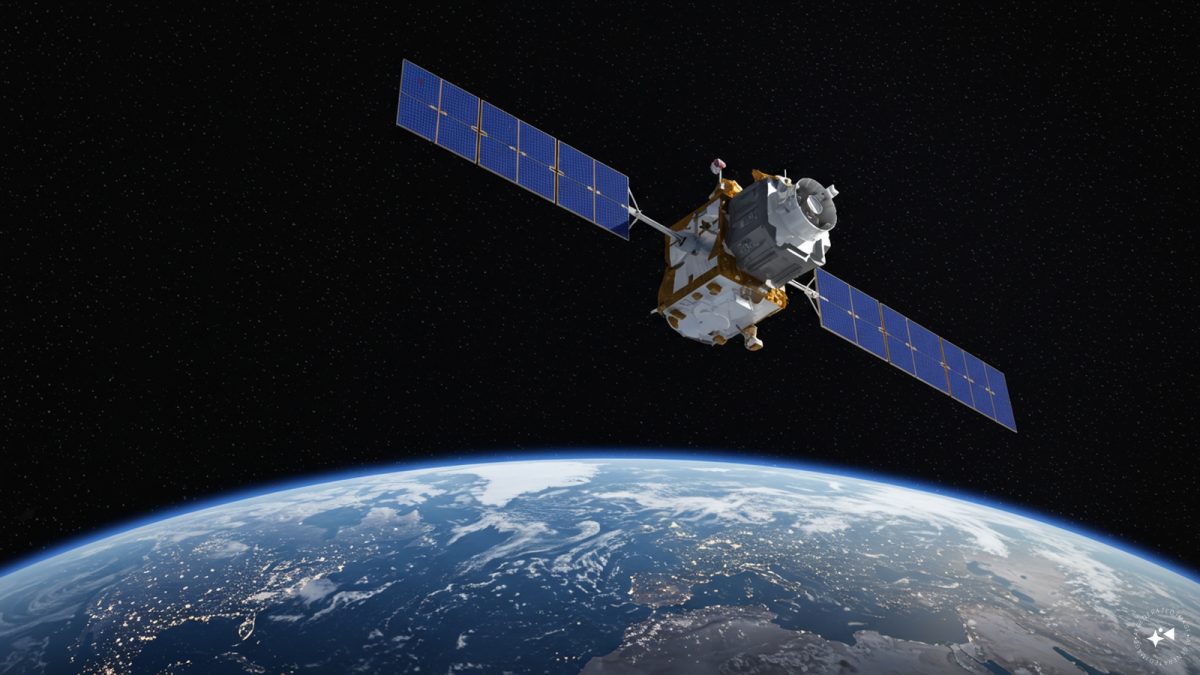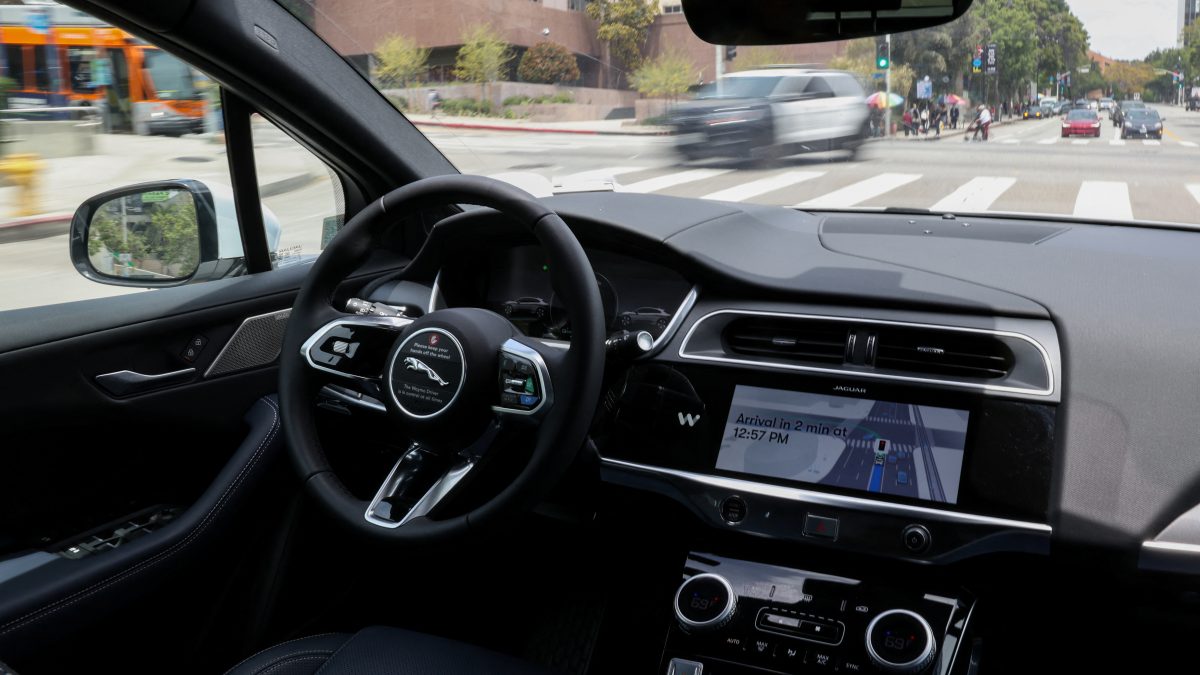China appears to be on the verge of accomplishing a groundbreaking manoeuvre in space by attempting an orbital refuelling operation at geosynchronous altitude, some 35,786 kilometres above the Earth.
According to reports, satellite movement suggested that the Chinese satellites Shijian-21 (SJ-21) and Shijian-25 (SJ-25) have recently docked in orbit, an event that may mark the first attempt at satellite-to-satellite refuelling at such an altitude. This development, although not confirmed by official Chinese sources, has sparked considerable interest and concern within the international space and defence communities.
According to open-source satellite trackers and optical imagery shared by firms like s2a systems and COMSPOC, SJ-21 and SJ-25 approached each other multiple times between June 13 and June 30, with the final rendezvous seemingly occurring on July 2. The two satellites have remained together ever since leading observers to believe that docking, and possibly refuelling, has occurred, Ars Technica reported.
A dual-use technology with strategic implications
Though the Chinese government has offered little recent commentary, earlier disclosures provide some insight. The Shanghai Academy of Spaceflight Technology (SAST), which developed both satellites, stated that SJ-25 was designed for “the verification of satellite fuel replenishment and life extension service technologies”.
Meanwhile, SJ-21, launched in 2021, had previously demonstrated its ability to capture and tow a defunct Beidou navigation satellite to a graveyard orbit, an operation officially described as a space debris mitigation test, Space.com reported.
However, experts believe that there is more at stake than orbital cleanliness. Technologies capable of docking, manoeuvring and potentially refuelling satellites are considered “dual-use,” suitable for both peaceful applications and military strategies.
As former US Space Force Lt Gen John Shaw pointed out, these capabilities could eventually enable one satellite to intercept, inspect or even disable another nation’s satellite without causing destructive debris, an article in Ars Technica said.
Impact Shorts
More ShortsShaw emphasised that dynamic space operations, essentially the ability to move, inspect and refuel satellites, are a growing priority for the US military. However, he expressed concern that China might be leading the race, especially if the SJ-25 has successfully delivered fuel to the presumably depleted SJ-21.
Importance of geosynchronous orbit
Geosynchronous orbit (GEO) holds particular strategic importance for both military and commercial satellite operations. At this altitude, satellites remain fixed over a single point on Earth, making them ideal for tasks like secure military communications and early missile detection.
Given the sensitivity and value of assets stationed in GEO, any operations involving close approaches or docking manoeuvres naturally attract scrutiny.
Because of this, the United States deployed two of its GSSAP (Geosynchronous Space Situational Awareness Programme) satellites—USA 270 and USA 271—to observe the Chinese activity. These satellites are designed to manoeuvre around GEO and inspect objects up close. However, as Shaw noted, their range is limited by fuel constraints, which is precisely why refuelling capabilities in space are being so closely watched, the South China Morning Post reported.
Technical challenges and capabilities
Refuelling in orbit, especially without human involvement, is an extraordinarily complex process. Unlike refuelling operations on space stations like the ISS or China’s Tiangong, which benefit from human oversight, satellite-to-satellite refuelling must be performed autonomously.
According to a 2022 paper in Aerospace Systems, challenges include precise docking, fuel transfer in microgravity and the risk of propellant boil-off.
Once two spacecraft are docked, the servicing satellite, in this case SJ-25, would need to latch onto the target, likely with a robotic arm, remove protective coverings and initiate fluid transfer via pressurised systems.
Propellants such as hydrazine and nitrogen tetroxide, commonly used in satellite thrusters, must be handled with extreme care due to their volatile nature. a report in the South China Morning Post said.
Watching the watchers
While China’s demonstration is notable, it also reveals the escalating game of orbital chess now playing out above Earth. The US Space Force’s inspector satellites were not the only watchers. China’s own operators have become adept at evading surveillance. Shaw observed that Chinese satellites have been known to manoeuvre away when approached by GSSAP satellites, exploiting their predictable and limited movement patterns.
If China succeeds in enabling its satellites to refuel at will, its capacity for dynamic space operations could outpace the US, diminishing the surveillance effectiveness of American assets like GSSAP.
As Shaw remarked, “the marginal cost of those maneuvers for them becomes even lower, and the challenge for GSSAP becomes even greater,” the Ars Technica said quoting the former military official.
Global precedents and comparisons
While this is potentially a first for high-orbit refuelling, it is not humanity’s first venture into on-orbit servicing. In low Earth orbit, DARPA’s Orbital Express mission in 2007 demonstrated autonomous docking and fuel transfer between two satellites.
In geosynchronous orbit, Northrop Grumman’s Mission Extension Vehicles (MEV-1 and MEV-2) successfully docked with ageing commercial satellites to extend their operational lifetimes, though without actually transferring propellant, Space.com said.
Japan’s Astroscale is also entering the arena, planning to demonstrate fluid-based refuelling in the coming year. Nasa, meanwhile, has been preparing its own high-profile OSAM-1 mission (On-orbit Servicing, Assembly and Manufacturing), previously known as Restore-L, to refuel government satellites in low orbit.
However, none of these missions—past or planned—has matched China’s current feat in terms of orbital altitude, complexity or autonomy.
India’s position in on-orbit servicing
India, while a growing space power with a track record of cost-effective innovation, currently lags behind in the niche domain of on-orbit satellite servicing and refuelling, especially at high altitudes like geosynchronous orbit.
The Indian Space Research Organisation (Isro) has yet to announce or demonstrate capabilities akin to China’s Shijian-21 and Shijian-25 missions or the US’s Northrop Grumman’s Mission Extension Vehicles.
Isro has focussed heavily on Earth observation, communication satellites, planetary exploration and lunar missions such as Chandrayaan-3. India may eventually step into satellite servicing, given the growing importance of space sustainability and the potential for public-private partnerships in the sector.
For now, India is more likely to observe global developments closely and build the requisite infrastructure before attempting such complex, autonomous operations in high Earth orbit.
Unanswered questions and next steps
Despite the numerous data points from commercial trackers like COMSPOC and optical firms such as S2A Systems, significant uncertainty remains. Joe Callaro, COMSPOC’s operations lead, emphasised the limitations of visual tracking when two satellites become “one pixel” in telescope imagery. RF and radar data help improve confidence, but they don’t replace direct confirmation, according to Ars Technica.
If confirmed, the success of this high-orbit refuelling test may signal a paradigm shift in how space operations are conducted both commercially and militarily. The ability to refuel satellites in geosynchronous orbit could dramatically extend their operational lives, reduce costs and enhance responsiveness to emerging threats.
At the same time, it also highlights the need for transparency and dialogue in space affairs. With multiple nations now capable of sophisticated satellite servicing and, potentially, disruption, international norms and safeguards may be more urgent than ever.


)

)
)
)
)
)
)
)
)



